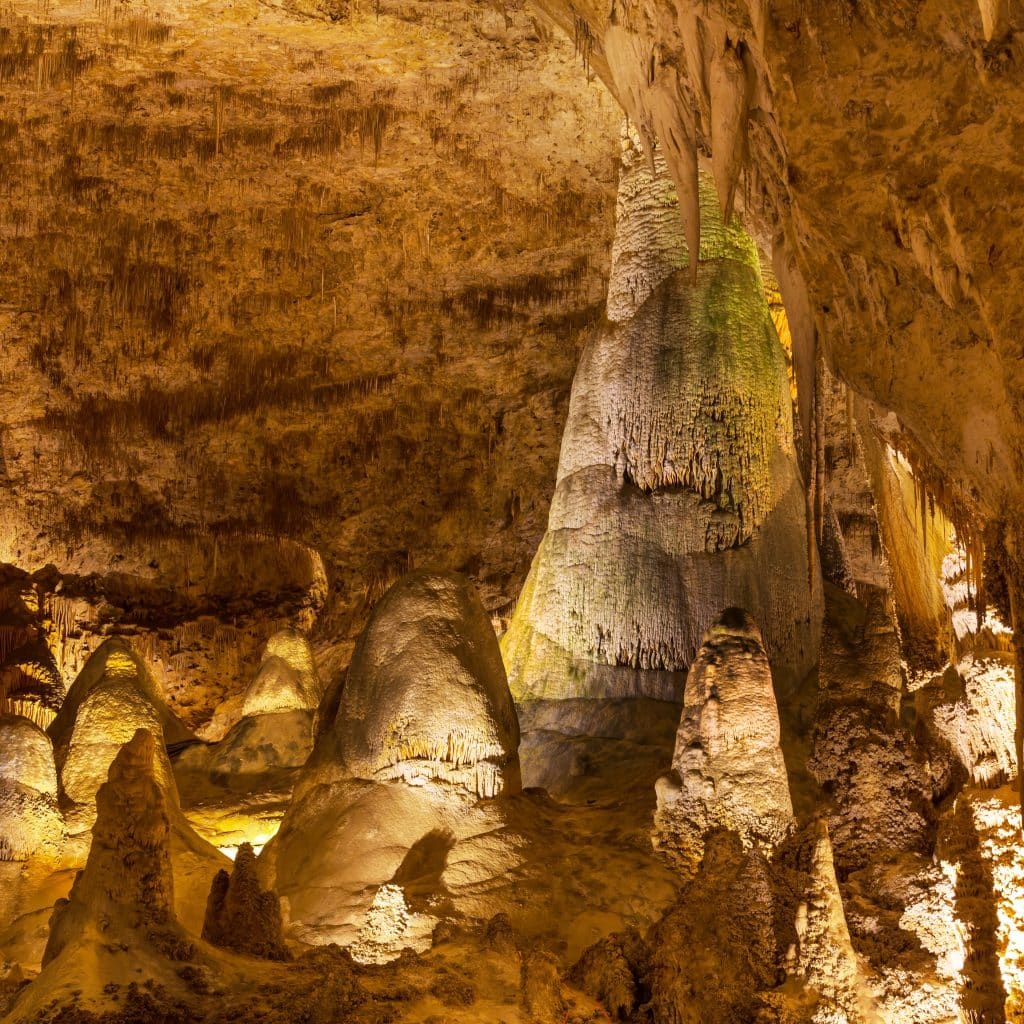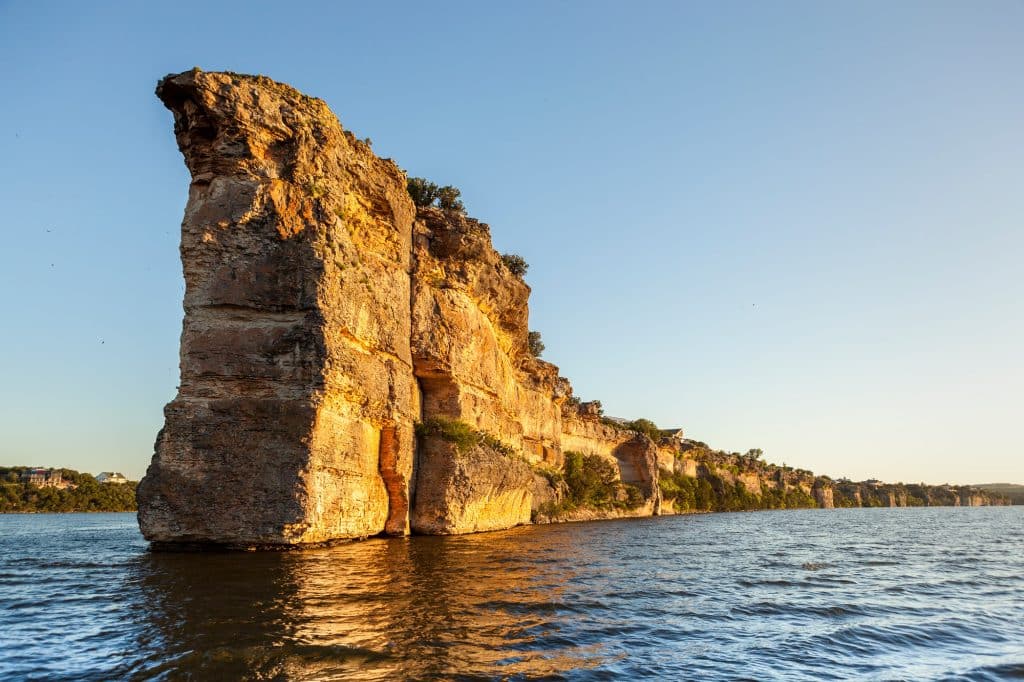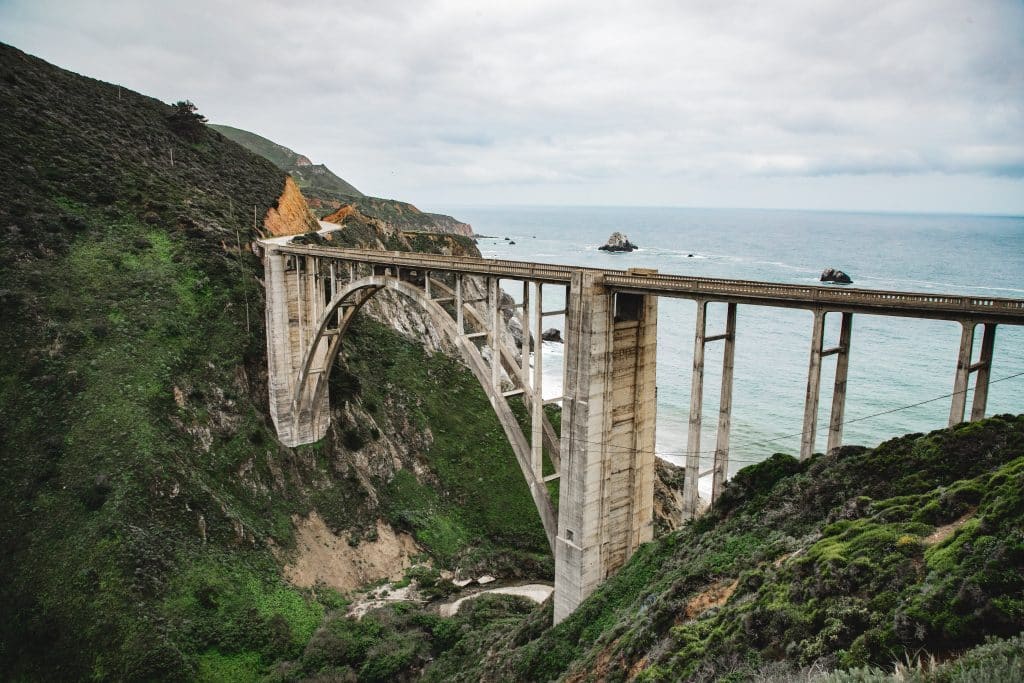Ever wondered where nature hides its most spectacular liquid treasures? The 10 States With the Most Lakes reveal America’s best-kept secrets, where water and wilderness combine to create unparalleled natural playgrounds.
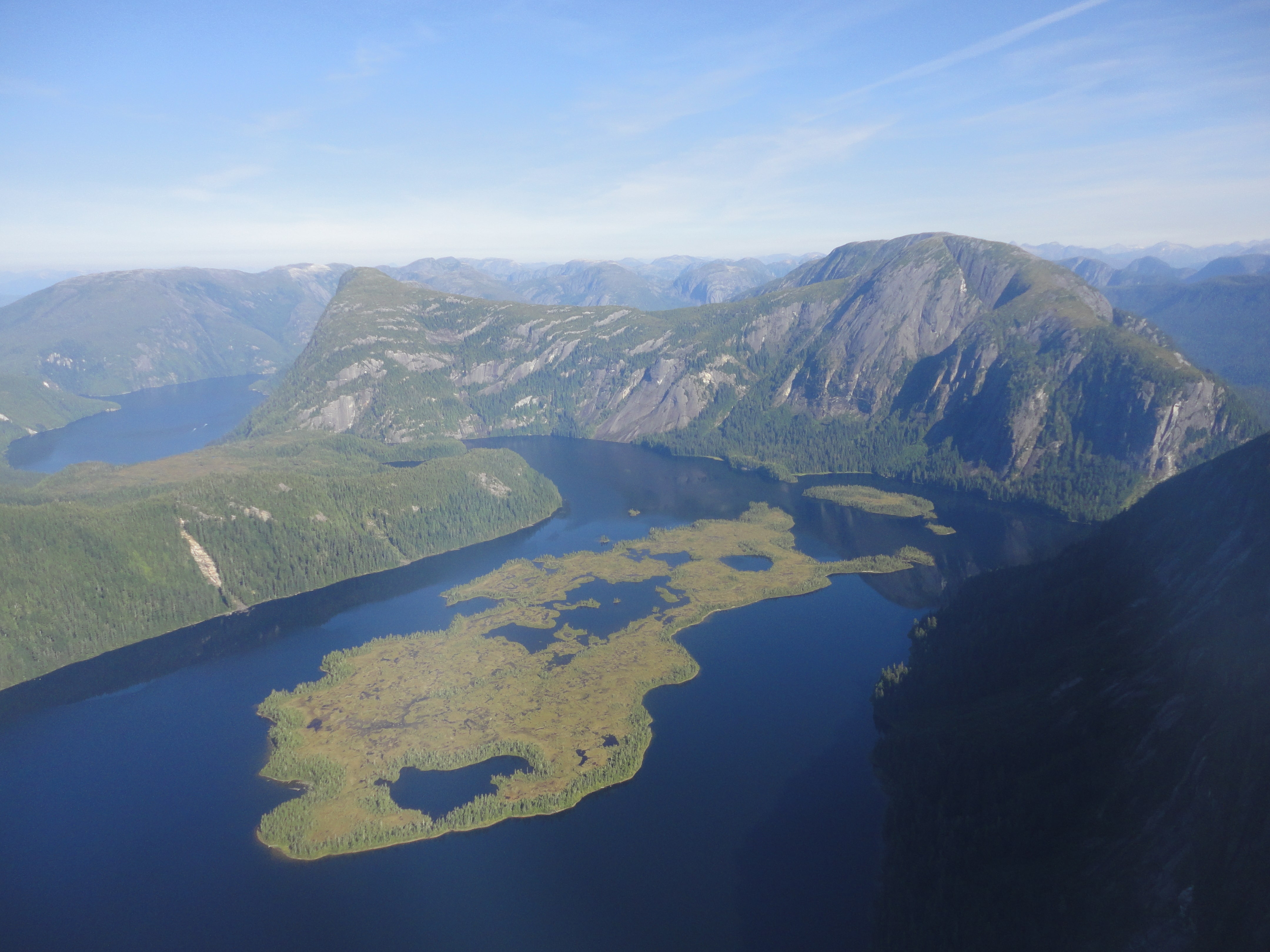
1. Alaska’s Lake Country: A Vast Freshwater Wilderness
Alaska’s freshwater landscape stands as a testament to nature’s grandeur, boasting an astounding 3.2 million lakes larger than 20 acres. This remarkable number makes it the most lake-rich state in America, containing approximately 40% of the nation’s freshwater resources.
These lakes didn’t form overnight. Their creation spans thousands of years through various geological processes. Glacial movement carved deep basins during the last ice age while melting permafrost continues to create new thermokarst lakes today. The state’s volcanic activity has also contributed, forming crater lakes with unique ecological characteristics.
The diversity of Alaska’s lakes is equally impressive. Tustumena Lake, the state’s largest glacial lake, spans an impressive 73,437 acres, featuring pristine waters and surrounding wilderness. These waterbodies serve as crucial habitats for diverse wildlife, including five species of Pacific salmon, arctic char, and various trout species.
Alaska’s lakes aren’t just impressive in number—they’re also remarkably pure. Many remain untouched by human development, providing some of the cleanest freshwater on Earth. They range from easily accessible lakes near population centers to remote arctic pools that rarely see human visitors.
These lakes play vital roles in:
- Supporting Indigenous subsistence lifestyles
- Maintaining critical wildlife corridors
- Providing world-class fishing opportunities
- Contributing to local and state economies through tourism
- Preserving unique arctic and subarctic ecosystems
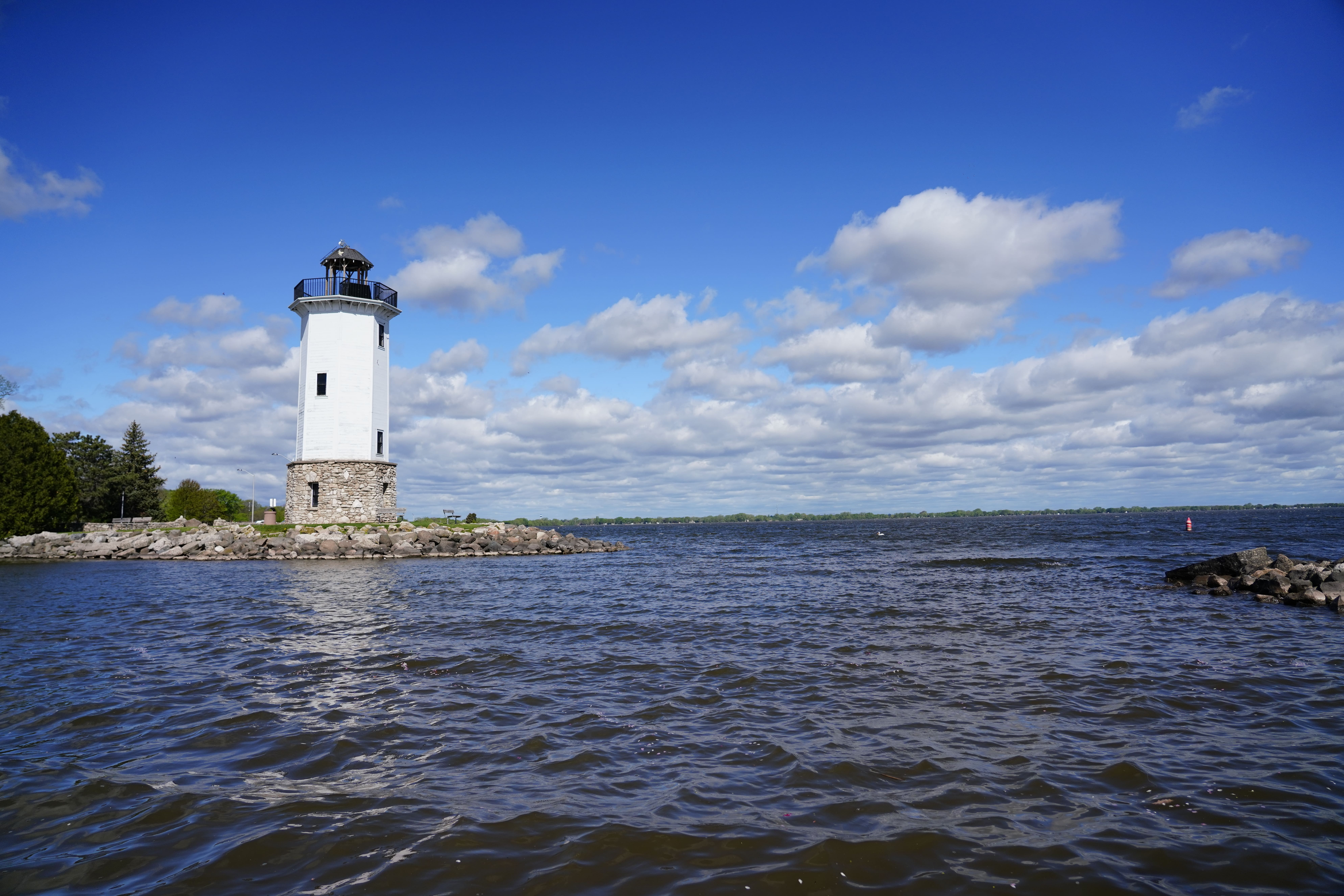
2. Wisconsin: A Premier Lake Destination
Wisconsin’s reputation as a lake lover’s paradise is well-earned, with the state boasting over 15,000 documented lakes. This abundance of freshwater makes Wisconsin one of America’s most prominent lake states, second only to Minnesota in the lower 48 states for lake quantity.
Lake Winnebago stands as Wisconsin’s crown jewel, being the state’s largest inland lake covering approximately 137,700 acres. This natural wonder serves as a vital ecosystem and popular recreation destination. The state’s lakes range from expansive bodies of water to intimate glacial ponds, offering diverse experiences for visitors and residents alike.
Most of Wisconsin’s lakes were formed by glacial activity during the last ice age, roughly 10,000 years ago. These glacial movements carved out depressions that were filled with meltwater, creating the stunning lake landscape we see today. The state’s lakes are particularly concentrated in the northern region, where the glacial impact was most pronounced.
Wisconsin’s lakes support:
- Over 160 species of fish
- Crucial waterfowl habitats
- Thriving tourism industry
- Year-round recreation activities
- Essential local ecosystems
Key facts about Wisconsin lakes:
- 15,074 documented lakes
- Nearly 7,000 lakes larger than 20 acres
- 2.6 million acres of lake surface area
- 84,000 miles of rivers and streams
- Approximately 1,000 miles of Great Lakes shoreline
These freshwater resources provide endless opportunities for boating, fishing, swimming, and ice fishing during winter months, making Wisconsin a true four-season lake destination.
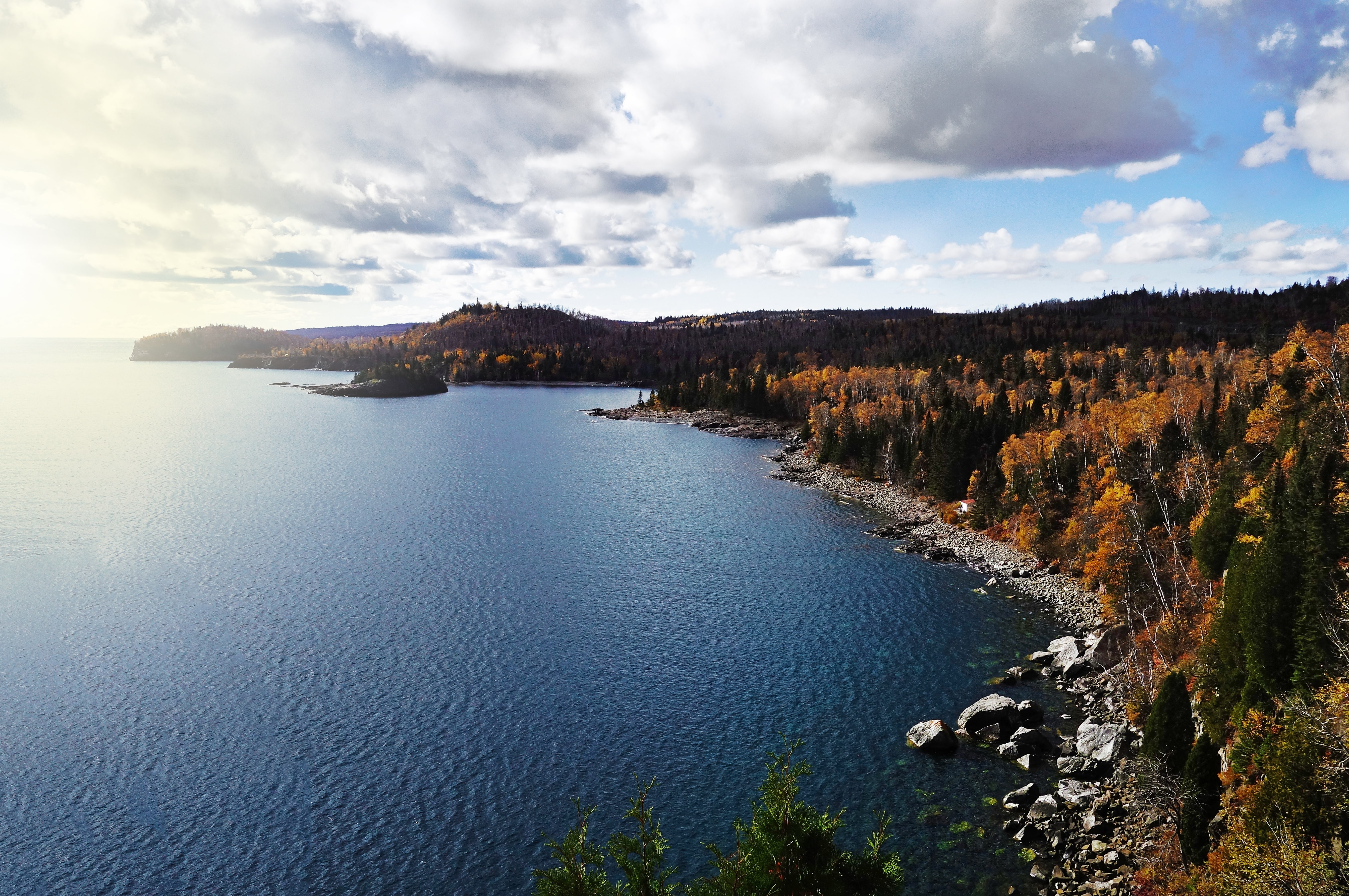
3. Minnesota: Land of 10,000 Lakes and Beyond
Minnesota’s iconic nickname “Land of 10,000 Lakes” actually understates reality – the state boasts an impressive 11,842 lakes larger than 10 acres. This natural abundance makes Minnesota the champion of lake quantity in the lower 48 states, creating a water-rich landscape that defines the state’s culture and lifestyle.
Lake Superior, sharing Minnesota’s northeastern border, stands as the largest freshwater lake by surface area in North America. Among inland lakes, Red Lake leads with 288 square miles of surface area, followed closely by Mille Lacs Lake at 132,516 acres. These vast water bodies contribute to Minnesota’s total of approximately 6,564 square miles of lake surface area.
The state’s lakes were primarily formed by glacial activity during the last ice age, creating distinct regions:
- The Arrowhead Region: Deep, clear lakes
- Central Lakes: Abundant recreational waters
- Prairie Region: Shallow, nutrient-rich lakes
Key facts about Minnesota lakes:
- 11,842 lakes over 10 acres
- 6,564 square miles of lake surface area
- 160+ species of fish
- 44,926 miles of shoreline
- 3,400+ public boat launches
Minnesota’s lakes support:
- World-class fishing opportunities
- Critical wildlife habitats
- $16 billion tourism industry
- Year-round recreation
- Essential drinking water resources
These lakes play a crucial role in Minnesota’s economy, with fishing alone generating over $2.4 billion annually and supporting thousands of jobs in tourism, recreation, and conservation sectors.
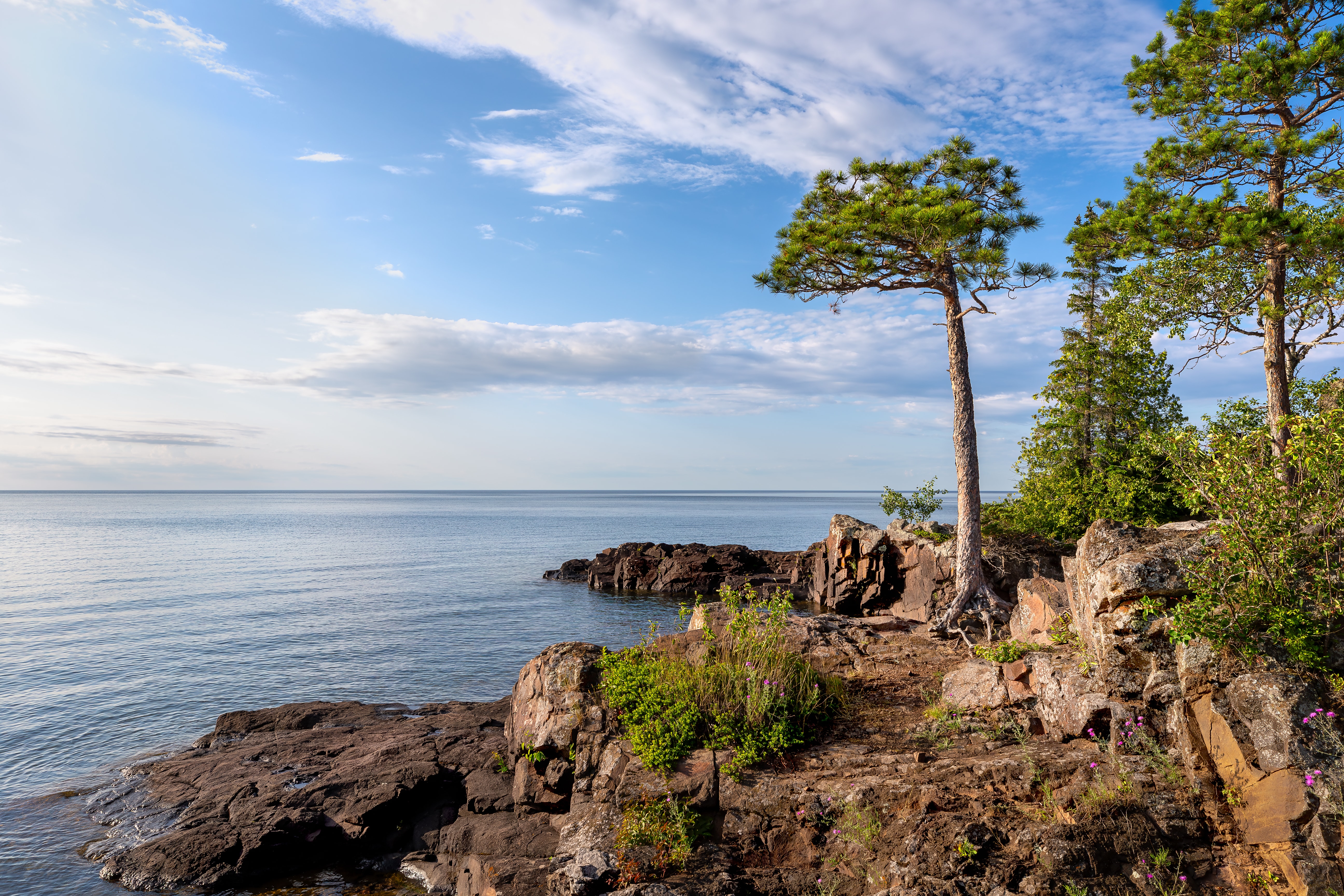
4. Michigan: Great Lakes State’s Inland Water Treasures
Michigan stands as a premier lake destination, boasting over 11,000 inland lakes alongside its famous Great Lakes shoreline. With 3,288 miles of Great Lakes coastline and roughly 6.5 million acres of total surface water, Michigan truly earns its reputation as the Great Lakes State.
Key facts about Michigan’s lakes:
- 11,037 inland lakes larger than 5 acres
- 26,266 square miles of water area
- 3,288 miles of Great Lakes shoreline
- Lake Michigan and Lake Huron border the state
- Houghton Lake is the largest inland lake (20,044 acres)
Michigan’s lakes support:
- Over 150 species of fish
- World-class sport fishing
- $2.3 billion fishing industry
- Diverse recreational activities
- Critical wetland habitats
Most Michigan lakes formed through glacial activity, creating:
- Kettle lakes
- River oxbows
- Coastal embayments
- Spring-fed lakes
These freshwater resources provide year-round recreation opportunities, from summer boating to winter ice fishing, making Michigan a true water sports paradise in every season.

5. Washington: The Evergreen State’s Alpine Lake Paradise
Washington State boasts an impressive collection of over 8,000 lakes, ranging from alpine jewels nestled in the Cascade Mountains to vast lowland reservoirs. These diverse water bodies showcase the state’s dynamic geological history, shaped by volcanic activity, glaciation, and tectonic forces.
Key facts about Washington’s lakes:
- 8,000+ lakes and reservoirs
- Over 7,800 named lakes
- Lake Chelan is the largest natural lake (55 miles long)
- Franklin D. Roosevelt Lake is the largest reservoir (151 miles long)
- The average depth of Lake Chelan: 474 feet
Notable features:
- Glacier-fed alpine lakes
- Volcanic crater lakes
- Ancient flood-carved basins
- Coastal freshwater lakes
Washington’s lakes support:
- Native salmon and trout species
- Vital irrigation systems
- Hydroelectric power generation
- Year-round recreation
- Essential wildlife habitats
The lakes vary dramatically by region:
- Cascade Mountains: Crystal-clear alpine lakes
- Columbia Basin: Large reservoirs
- Puget Sound: Glacially carved lakes
- Olympic Peninsula: Rainforest-ringed waters
These diverse water bodies provide crucial resources for both wildlife and human activities, from fishing and boating to power generation and agriculture.
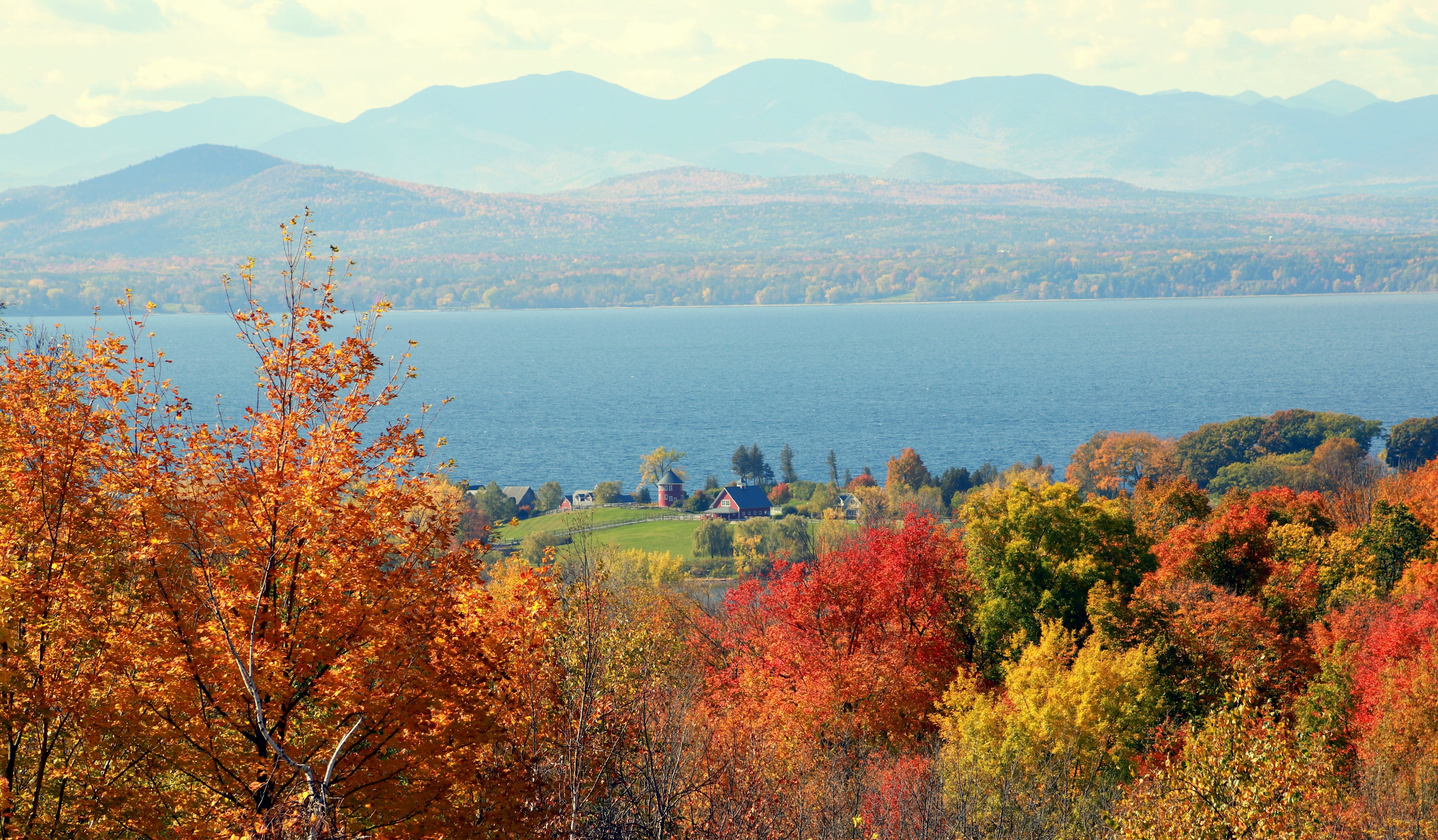
6. New York: Empire State’s Lake Legacy
New York’s diverse landscape features over 7,600 lakes, ponds, and reservoirs, creating a water-rich environment that ranges from the famous Finger Lakes to hidden Adirondack gems. This abundant freshwater system plays a crucial role in the state’s ecology, recreation, and economy.
Key facts about New York’s lakes:
- 7,600+ freshwater lakes and ponds
- 11 Finger Lakes covering 61,000 acres
- Lake George spans 28,200 acres
- Over 2,300 Adirondack lakes
- 700+ miles of Great Lakes shoreline
Notable features:
- The Finger Lakes: Ancient glacial valleys
- Lake Champlain: 490 square miles
- Oneida Lake: Largest inland lake (79.8 square miles)
- Lake Placid: Olympic heritage waters
These lakes support:
- 165+ species of fish
- $1.8 billion fishing industry
- Vital tourism economy
- Critical wildlife habitats
- Essential drinking water resources
Regional characteristics:
- Adirondacks: Crystal-clear mountain lakes
- Central NY: Deep glacial lakes
- Western NY: Great Lakes connection
- Catskills: Pristine reservoir systems
New York’s lakes provide year-round recreational opportunities while serving as crucial resources for communities and ecosystems across the state.
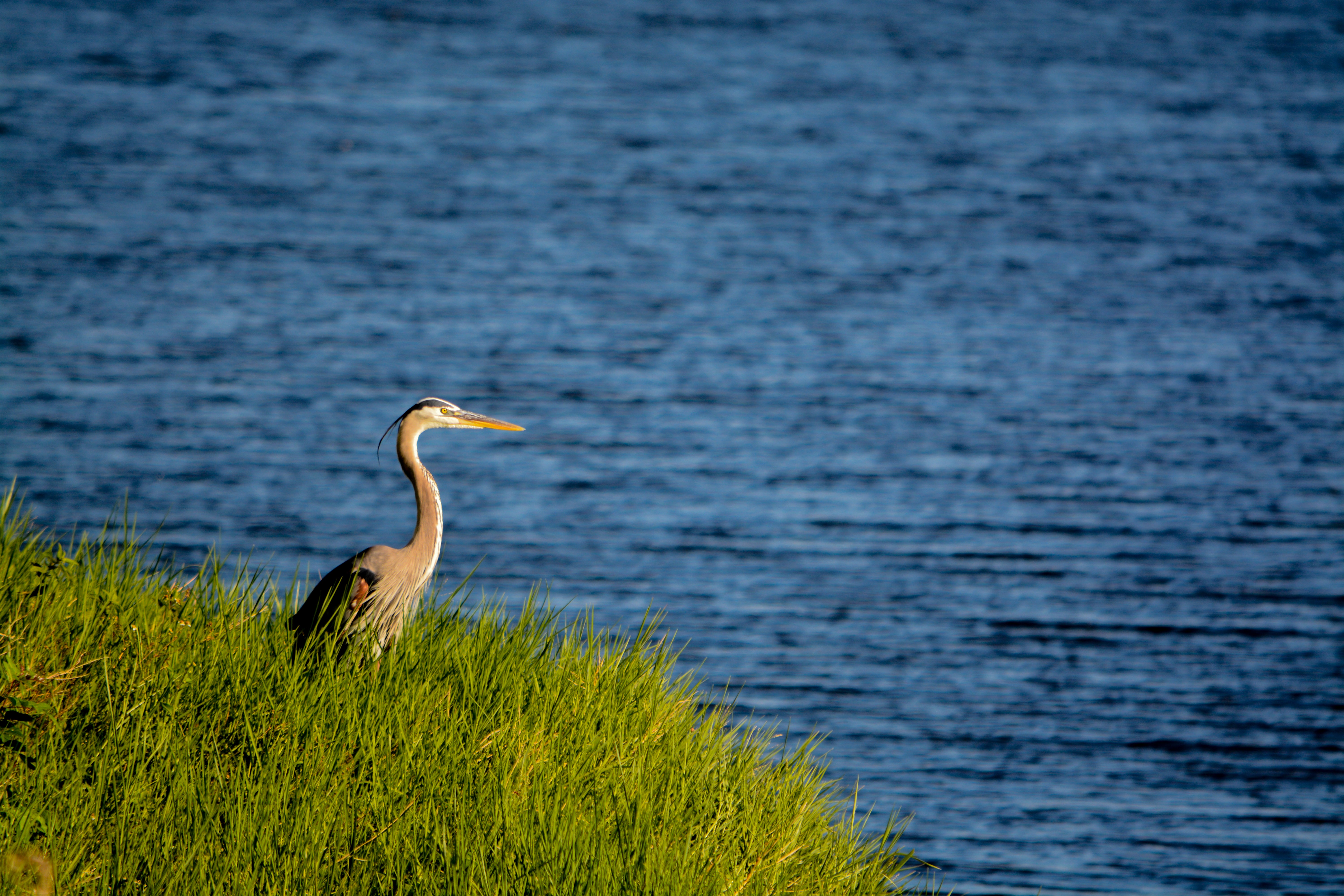
7. Florida: Sunshine State’s Liquid Treasures
Florida boasts over 7,700 lakes larger than 10 acres, creating a unique subtropical waterscape unlike any other state. From the massive Lake Okeechobee to countless natural sinkholes turned spring-fed lakes, Florida’s freshwater systems provide essential habitat for diverse wildlife and year-round recreation opportunities.
Key facts about Florida’s lakes:
- 7,700+ lakes larger than 10 acres
- Lake Okeechobee: 730 square miles
- 30,000+ lakes total (including small ones)
- Average lake depth: 7-20 feet
- Over 7,800 named lakes
Notable features:
- Lake Okeechobee: Second largest freshwater lake in contiguous U.S.
- Chain of Lakes: Connected waterways
- Sinkhole lakes: Unique karst formations
- Spring-fed lakes: Crystal-clear waters
Florida’s lakes support:
- Premier bass fishing
- $1.7 billion fishing industry
- Diverse wildlife, including alligators
- Critical water bird habitats
- Essential flood control
Lake types:
- Solution lakes (formed by sinkholes)
- River-formed lakes
- Artificial reservoirs
- Coastal dune lakes
These water bodies serve multiple purposes, from recreation and tourism to flood control and wildlife conservation, making them vital to Florida’s ecosystem and economy.
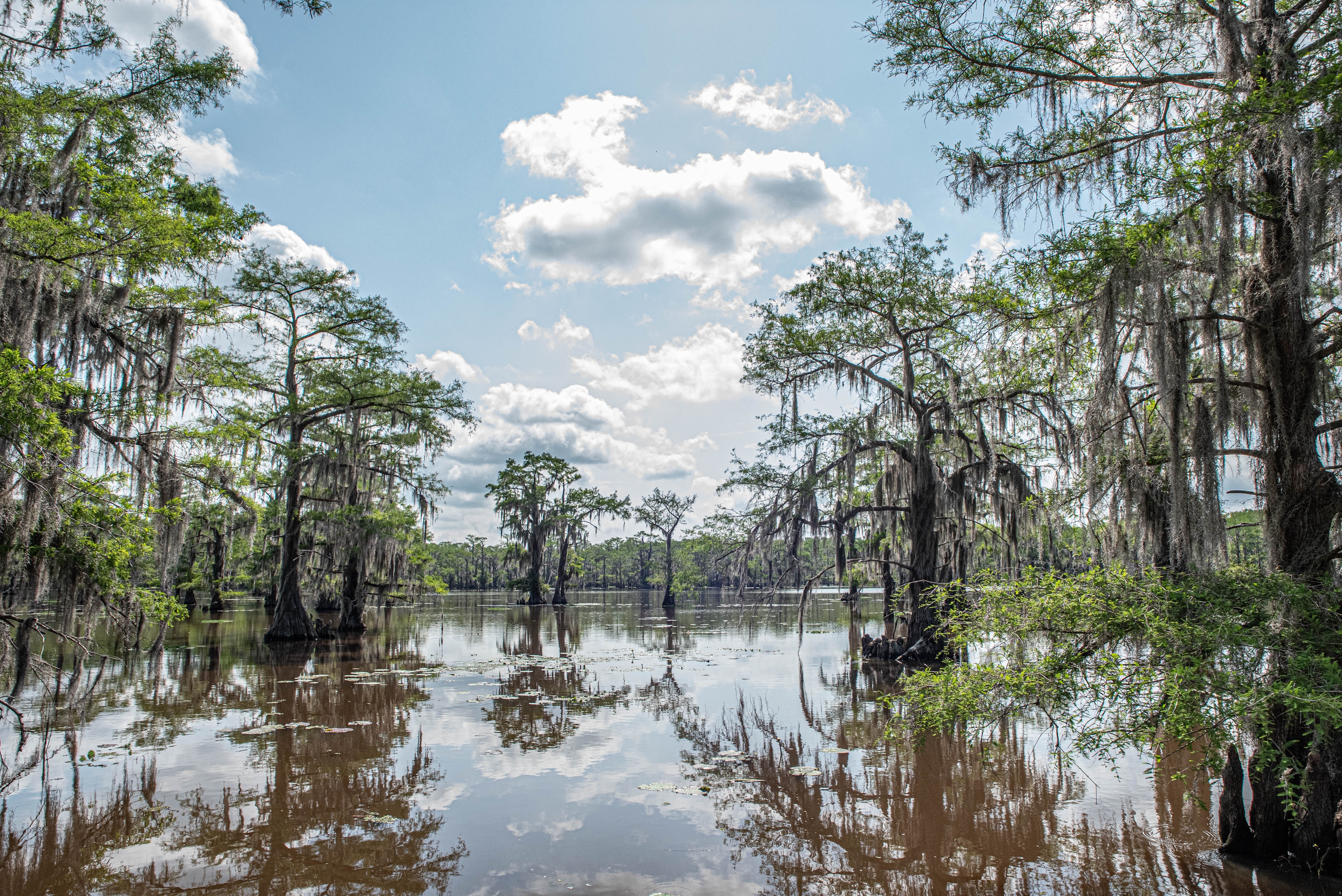
8. Texas: Lone Star State’s Reservoir Empire
Despite its reputation for vast deserts, Texas boasts an impressive collection of over 7,000 lakes and reservoirs. Interestingly, nearly all of Texas’s major lakes are human-made reservoirs constructed to combat drought and provide water resources for the growing population.
Key facts about Texas lakes:
- 7,000+ named lakes and reservoirs
- Only one natural lake (Caddo Lake)
- Toledo Bend: Largest reservoir (185,000 acres)
- Lake Texoma: 89,000 acres
- Sam Rayburn: Third largest in-state reservoir
Notable features:
- Caddo Lake: Only natural lake
- Over 100 major reservoirs
- 5,700 square miles of water
- 80,000+ miles of shoreline
- Combined capacity: 158 trillion gallons
Texas lakes support:
- $1.2 billion fishing industry
- Premier bass fishing
- Essential water supply
- Flood control
- Hydroelectric power
10 States With the Most Lakes Primary Purposes:
- Municipal water supply
- Agricultural irrigation
- Flood prevention
- Recreation opportunities
- Power generation
These reservoirs have transformed Texas’s landscape, creating vital recreational areas while serving essential water management functions for millions of residents.
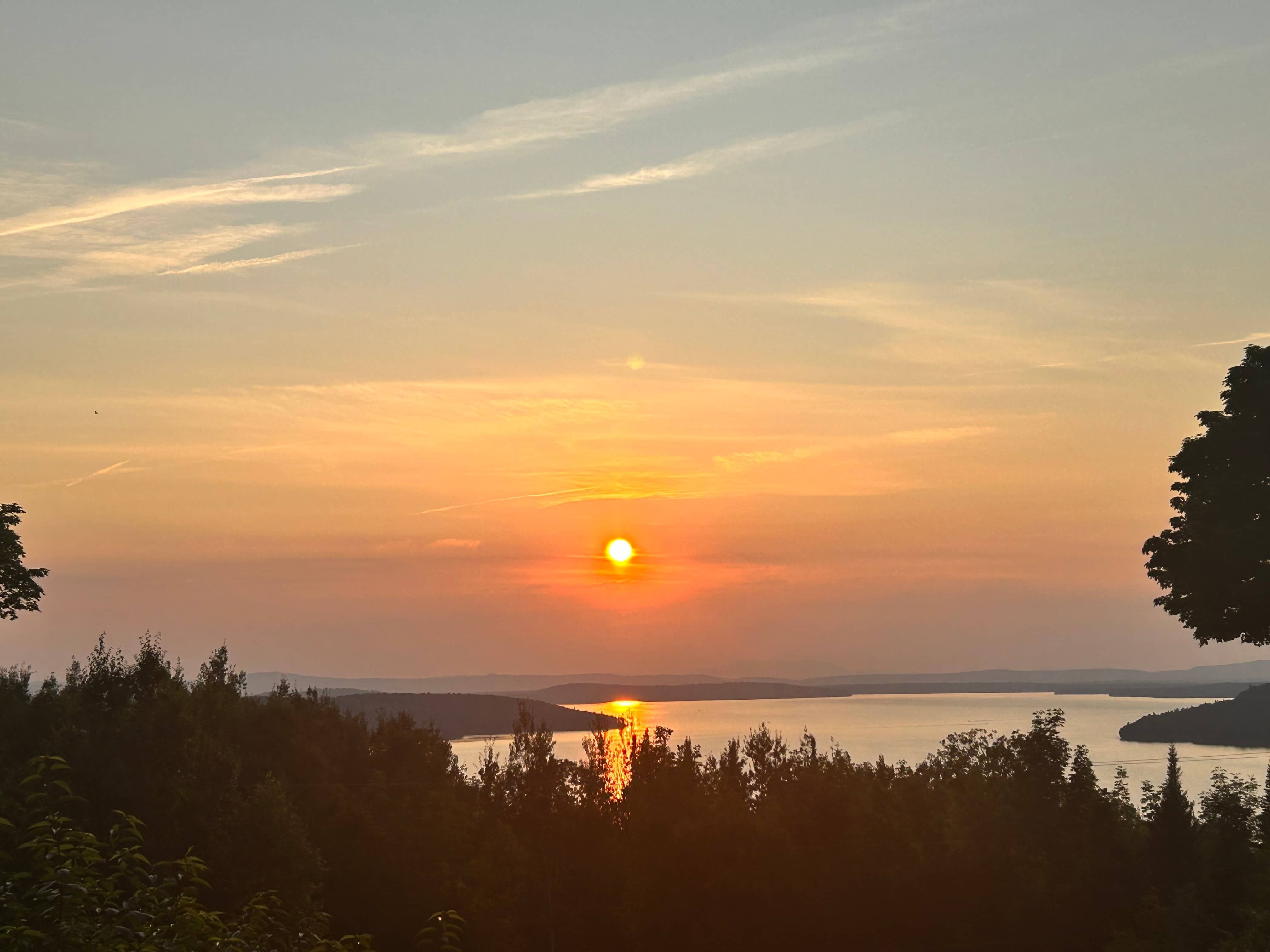
9. Maine: New England’s Lake Country
Maine’s landscape is dotted with over 6,000 lakes and ponds, creating a pristine water wonderland in New England. These crystal-clear bodies of water, carved by ancient glaciers, provide some of the cleanest freshwater resources in the United States.
Key facts about Maine’s lakes:
- 6,000+ lakes and ponds
- Moosehead Lake: Largest lake (74,890 acres)
- 2,300+ great ponds (10+ acres)
- 5,785 square miles of water area
- Average lake depth: 20-30 feet
Notable features:
- Moosehead Lake: New England’s largest lake
- Sebago Lake: Deepest lake (316 feet)
- Chain of Lakes: Connected waterways
- Lake Regions: 40+ major lakes
Maine’s lakes support:
- Native brook trout habitats
- $300 million fishing industry
- Critical loon populations
- Essential drinking water
- Year-round recreation
Lake characteristics:
- Glacially formed basins
- Spring-fed waters
- Rocky shorelines
- Exceptional water clarity
These lakes serve as vital economic and recreational resources while maintaining some of the highest water quality standards in the country, making them crucial for both tourism and conservation efforts.
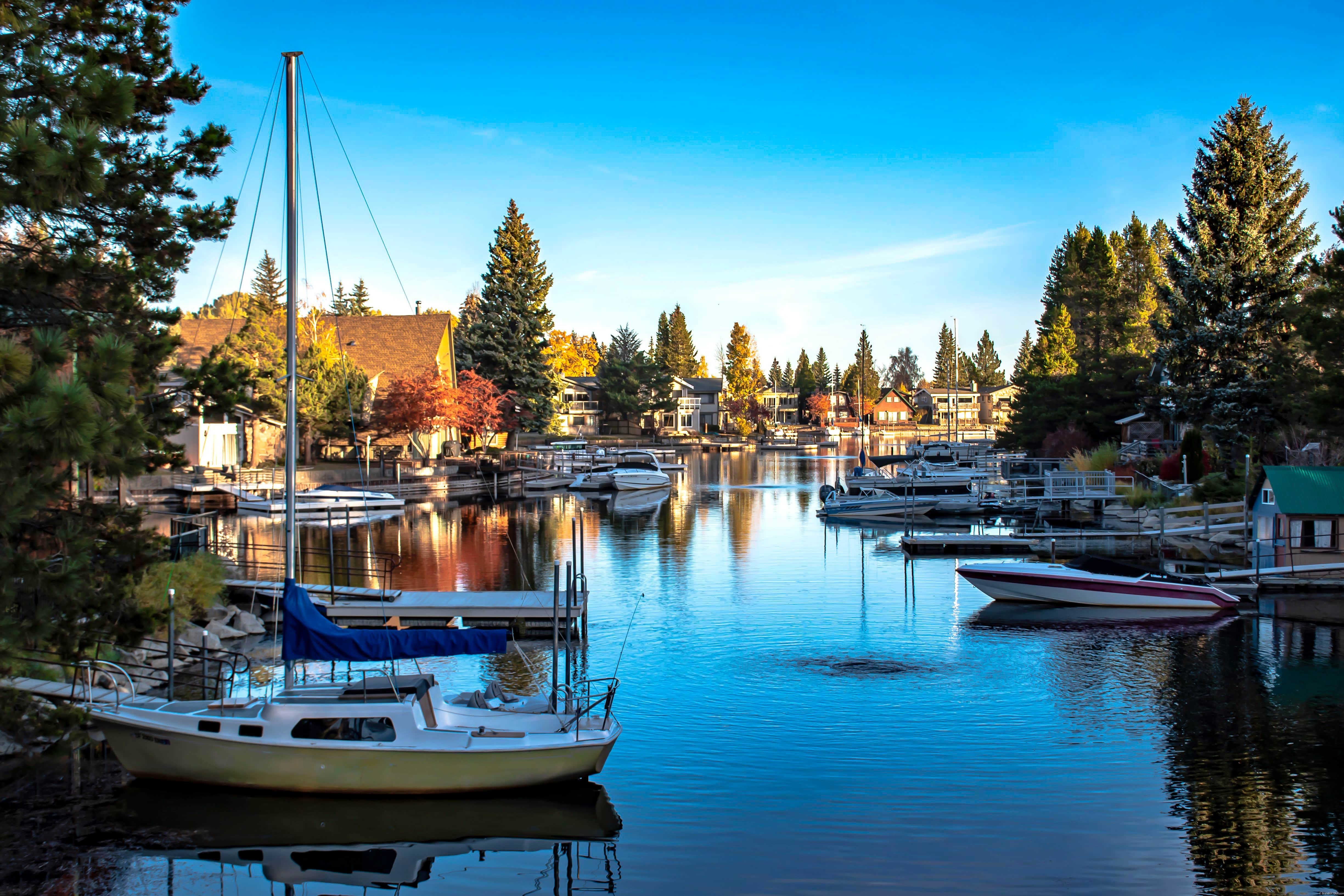
10. California: From Alpine Lakes to Desert Oases
California’s diverse landscape features over 3,000 named lakes, spanning from pristine alpine waters in the Sierra Nevada to desert reservoirs in the south. The state’s unique geography creates an incredibly varied lake system that serves multiple crucial functions.
Key facts about California’s lakes:
- 3,000+ named lakes
- Lake Tahoe: 191 square miles
- Shasta Lake: Largest reservoir (30,000 acres)
- Clear Lake: Largest natural freshwater lake
- 1,400+ named reservoirs
Notable features:
- Lake Tahoe: Second deepest in the U.S. (1,645 feet)
- Mono Lake: Ancient saline lake
- Clear Lake: Oldest lake in North America
- Salton Sea: Largest lake in California
California’s lakes support:
- Critical water supply
- $2.4 billion fishing industry
- Hydroelectric power
- Agricultural irrigation
- Essential wildlife habitats
Lake types:
- Alpine Lakes (Sierra Nevada)
- Volcanic lakes
- Reservoirs
- Desert lakes
- Coastal lagoons
These water bodies play vital roles in California’s water management system while providing recreational opportunities and supporting diverse ecosystems across the state’s varied climate zones.


